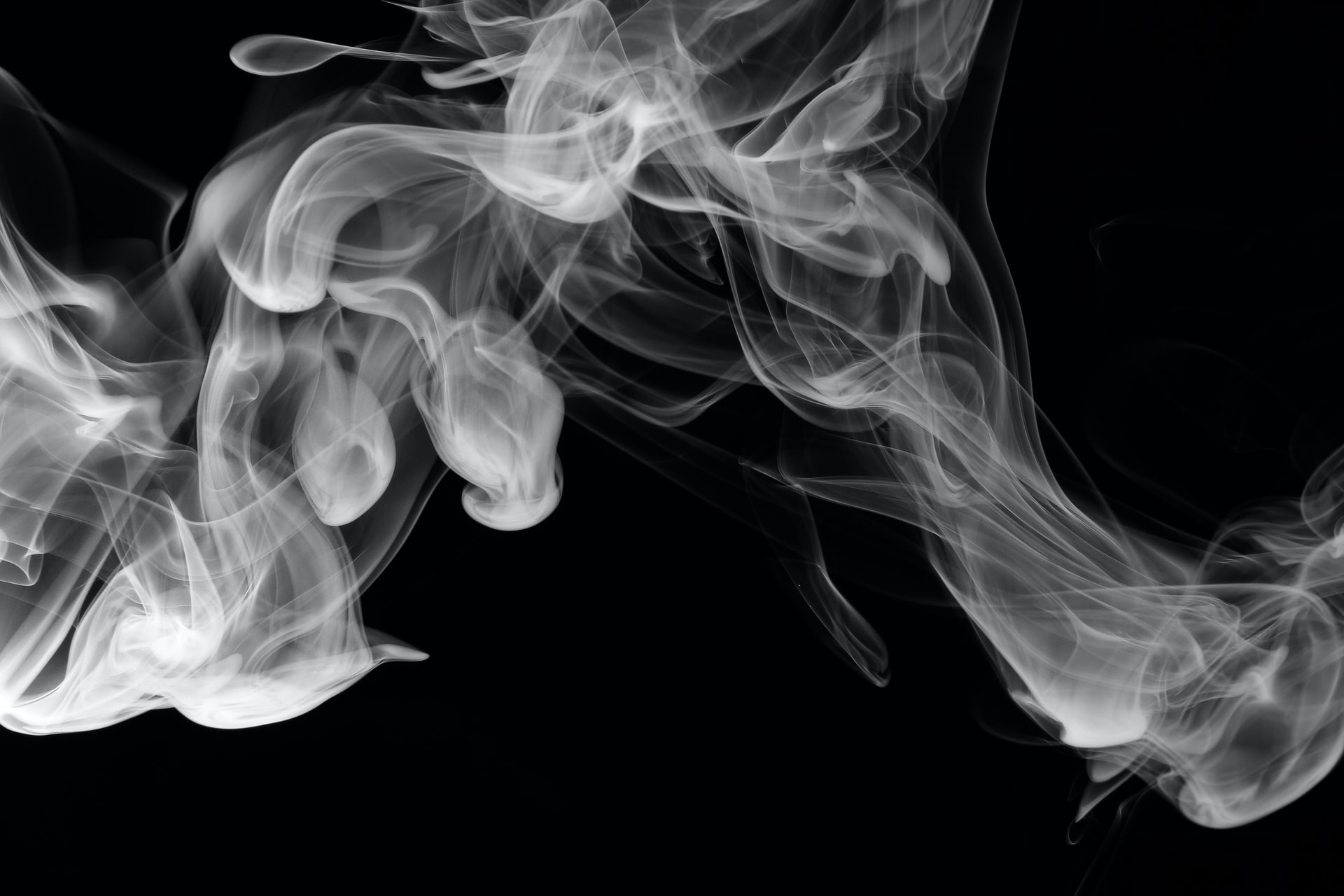Nationwide sampling has detected the reemergence of the notorious synthetic cannabinoid AMB-FUBINACA.
The Class A drug disappeared from New Zealand’s borders last September. High Alert says AMB-FUBINACA has been one of the most deadly illicit substances in the country in recent years, responsible for the majority of drug fatalities from 2017-2019.
The SMC asked experts to comment on the drug resurfacing.
Associate Professor Chris Wilkins, SHORE & Whariki Research Centre, College of Health, Massey University, comments:
“AMB-FUBINACA is an extremely dangerous compound, and its risk in synthetic cannabinoid products is exacerbated by unregulated black market production and manufacturers with limited or no expertise in chemistry.
“It is positive to see this has been detected by ESR via the new drug monitoring system, but there could be more focus on engaging with drug users to warn them about the risk (e.g. via social media) and NGOs. Further research is needed to understand the people likely to use synthetic cannabinoids (instead of, say, natural cannabis) to help engage the users with services and information sources (to manage their risks and in some cases avoid overdose).
“It is also worth noting that most people who use synthetic cannabis have reported they prefer to use natural cannabis, and consequently greater legal access to cannabis could be considered. Countries with more liberal cannabis laws are less likely to report synthetic cannabinoid use and related deaths.”
No conflict of interest.
Doug Sellman, Professor of Psychiatry and Addiction Medicine, University of Otago, Christchurch, comments:
“It is concerning to see the reappearance of this synthetic cannabinoid (AMB-FUBINACA) which has been previously linked with overdose deaths. As far as I know the safety ratio for this drug has not been determined as it has been for other drugs.
“The safety ratio is a measure of how dangerous a drug is in terms of overdose, and is a ratio between the lethal dose and a typical recreational dose of the drug. The lower the number the more dangerous it is. Heroin is the most dangerous of the commonly used drugs at 6, methamphetamine is 10, and ecstasy (MDMA) is 16.
“It is important to note that alcohol is on par with methamphetamine at 10 and closer to heroin than ecstasy and a lot more dangerous than LSD at 1000. Natural cannabis is off the scale at >1000.
“However, this synthetic cannabinoid AMB-FUBINACA seems to be more dangerous than alcohol/methamphetamine and perhaps has a safety ratio between 6 and 9.
“One of the downsides of cannabis prohibition in New Zealand and elsewhere is the appearance of high potency, and frankly dangerous, synthetic cannabinoids such as AMB-FUBINACA. These cannabinoid products are much easier to hide, transport and sell in an illegal black market.
“This phenomenon is exactly what happened in the United States during prohibition of alcohol (1920-1933) when very high potency alcohol produced illegally at the time for ease of transport and sale was associated with a concerning number of deaths. This was a factor in the decision by the US government to regulate alcohol rather than continue prohibition.”
No conflict of interest.
